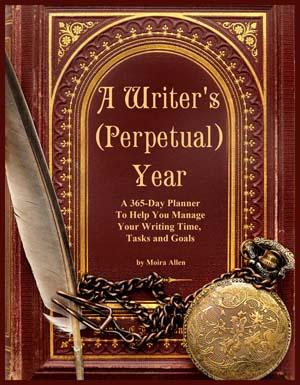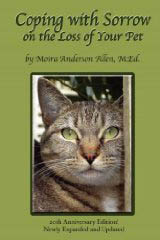 Your Guide to a Successful Writing Career
| |||
|
by Jennifer Liddy
1. Stay Close to the Poem. Read the poem again and again until the words become second nature on your tongue. By doing this, you will be able to feel the rhythm of the poem. You will recognize the pace, the pauses, the beats, the swirls of energy. Write the poem in longhand and make ten copies. Stick these where you can see and read them. Try the bathroom, the kitchen cabinet, or the freezer door, leading to the Ben & Jerry's. These copies will familiarize you with the poem's grammatical structure: Where the adjectives are, where there is a break in tenses. Plus, if you put them on that package of Oreo's, it'll take you longer to gobble the bag down. You will have to read the poem first! 2. Know the Poet. If you are lucky enough to pick a living poet to translate, write to him or her. Get to know the person; ask questions about the poem. What was the poet thinking when writing the poem? What does the poet think the poem means? Is there any imagery or language that is repeated? Is there anything symbolic from his or her life? What does the poet think of poetry? The more you know about the poet and his or her life, the better able you are to understand the nuances of the poem. Be courteous and grateful. The poet is answering your questions to help you with your translation. If, however, you choose a poet who has passed on, your job is a little harder. Try and find out as much as you can about the poet's life. Most countries have national writer's associations. If they don't, check the web and university libraries and language departments. Maybe from there you can find other people who knew the poet or can help guide you. Build as many contacts as you can. Be familiar with the poet and you will get a sense for the poem. 3. Go for Grace. When you translate a poem, your job is to stay as close to the meaning as possible. That said, you also have artistic license to use (not abuse) the meaning to make a clear and graceful translation. Translating slang is an excellent example of when to use artistic license. Some slang has absolutely no meaning in another language. In fact, a direct translation would make the poem fail. In that case, turn the meaning of the slang into its equivalent. Remember, you want readers in your language to enjoy the poem, not marvel at how well you can directly translate words. 4. Be Wary. This tip is for those of you who think translating takes a few minutes tops. There are some great computer programs that are designed for translation. There are also some excellent dictionaries and phrase books. But do not rely on them to give you the end-all-be-all translation. You must do the footwork. You can use these computer programs and dictionary translations as a guide. They may help get to the bones of the poem but your job is to put heart and live language on those bones. 5. Take a Deep Breath. When you finish a translation, sit tight for a few days, maybe even a week, before you go over it. Take some time to think about something else, in your own language. Then come back and see where the gaps and the goodies are. Translating a poem is a lot like writing a poem yourself. You have to know what you want to say. You have to feel what you want to say. You have to be focused. There are a thousand other jobs that are easier, better paid, and eyesight-saving, but translating has its own glories. Putting poems into another language is one of the best ways to share culture, honor poets, and remind us that we can transcend geography. Do your best.
This article may not be reprinted without the author's written permission. Jennifer Liddy works for the Japanese Ministry of Education, and lives in a small village in Japan named Asahi Mura. Her short stories and poetry have been published in the U.S. and Argentina in such magazines as The Portland Review, Sierra Nevada Review, Coe Review, Owen Webster Review, Pedestal Magazine, Collectedstories.com, The Amethyst Review, Onionhead, and Nexus. Liddy has translated the work of several Argentine poets, such as Fernando Olszanski, into English. Before relocating to Japan, she was a multicultural writer and editor for Chicago Public Schools. |
| ||
| |||




